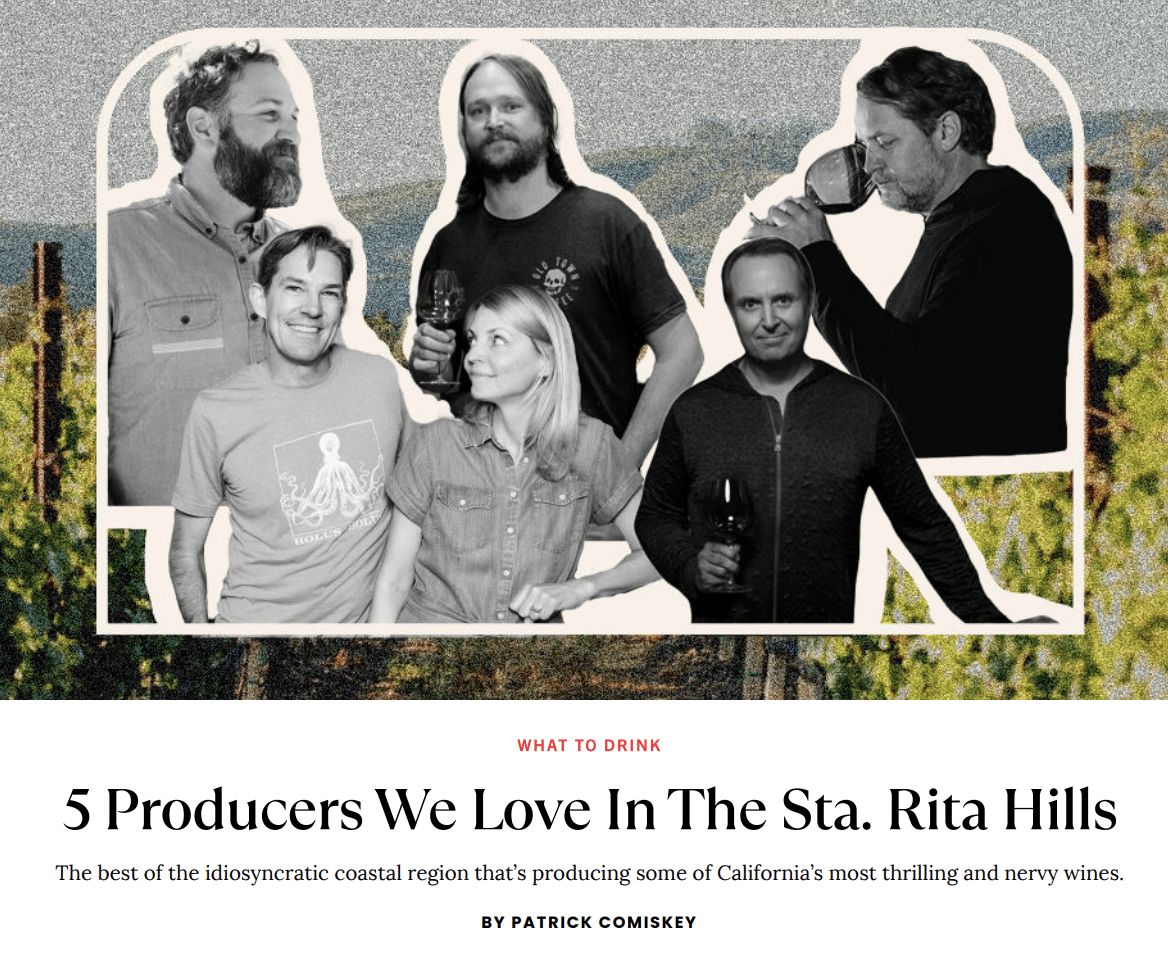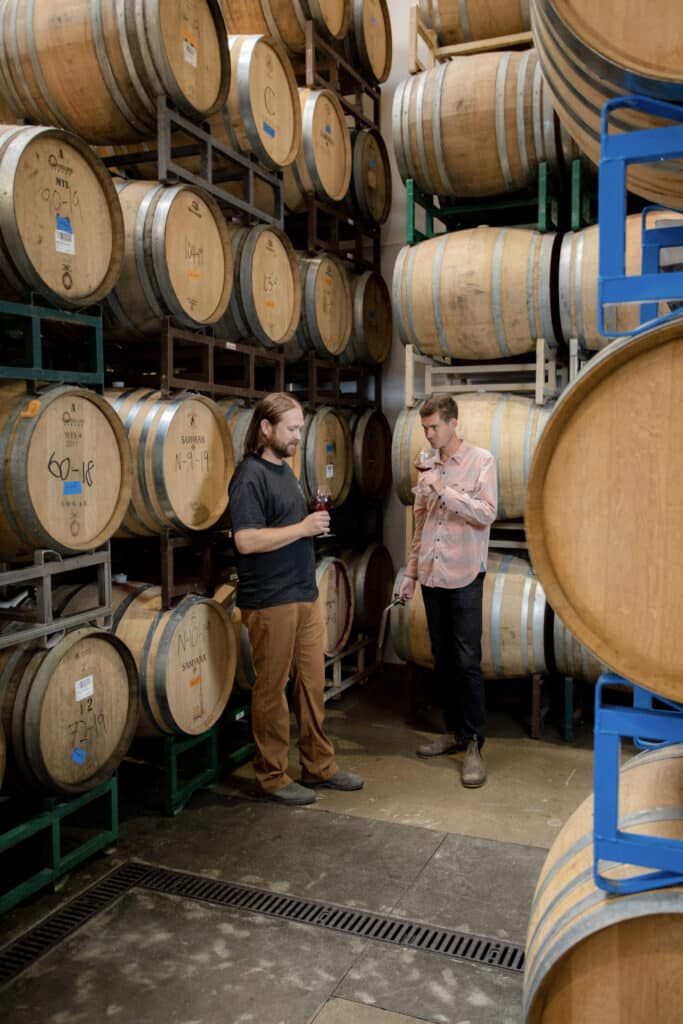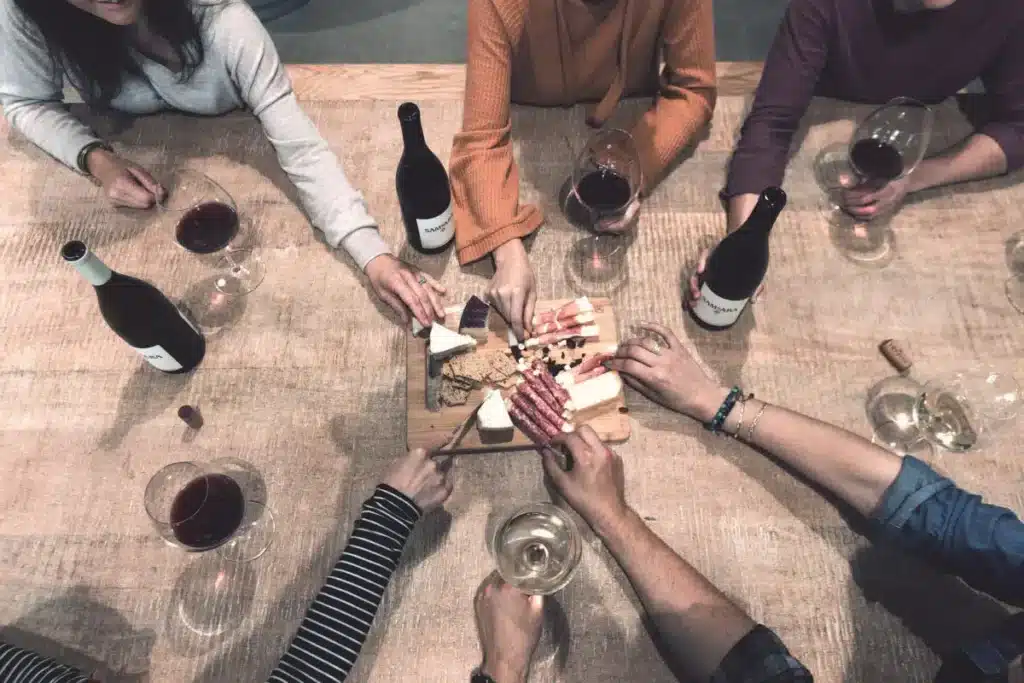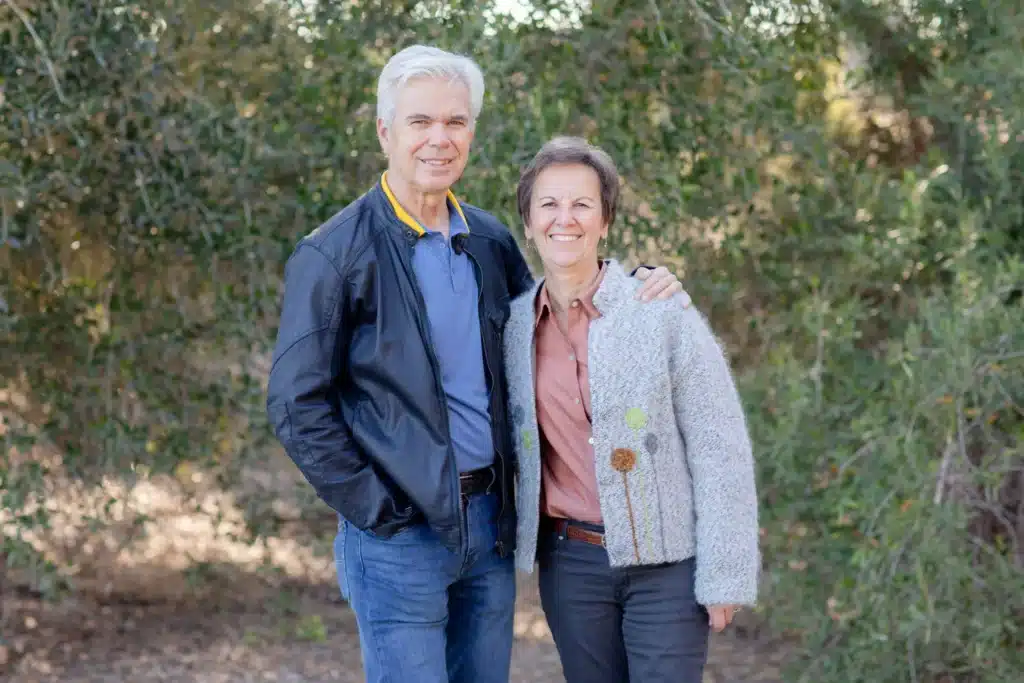No products in the cart.
Samsara named to “5 Producers we love in the Sta. Rita Hills”

What’s the best wine region in California? I try to avoid such questions. They usually devolve into popularity contests, with all the authority of a Family Feud survey. But I can tell you that the most diverse, the most idiosyncratic, the edgiest, and probably the most thrilling is the Sta. Rita Hills, in Santa Barbara County.
We can start with the name, which contains a legally-binding abbreviation (Sta.) because a Chilean winery, Santa Rita, objected to a region by the same name; never mind that these hills had been beatified decades—no, centuries—before, around the time that the Purisima Mission was erected in 1787.
It’s coastal, which is a California thing, except that here the hills that define the valley are transverse, running east to west instead of north to south. This leaves the inland unprotected, exposing the vines to the ocean and its proclivities—bracingly cool temperatures, persistent fog, prismatic sunlight, and relentless wind—the particulars of which differ from hillside to hillside.
Those hills are themselves borne of the sea, sand, shale, clay, and vast mounds of soft fine white dust that are the exoskeletal remains of trillions of microscopic creatures known as diatoms. The result is one of the edgiest places to grow grapes in California geographically, geologically, and climatically.
As a region, the Sta. Rita Hills are, for “sunny” California, fairly inhospitable; prone to fog, year-round sweater temperatures, and winds that can warp the shape of trees (but which thicken grape skins). Once thought too cold for growing anything but artichokes and cabbage, the valley is arguably the Central Coast’s most historic for grapevines—not the oldest per se, but it is home to this region’s first grand cru. That would be Sanford & Benedict, planted in 1971 on a north-facing slope of sandstone and clay 13 miles from the ocean with almost nothing between. Richard Sanford and Michael Benedict, sailing buddies looking for “maritime French” features, planted the site to Pinot Noir and Chardonnay. Their debut bottlings were lauded almost from the start. The property has proven to be one of the most perfectly situated in the appellation: cool but warm enough, and a kind of North Star for all the plantings that came after it.
Head west from the Sanford driveway on Santa Rosa Road, and you will lose one degree of temperature for every mile you drive. And for the last three decades that has been vignerons’ prevailing direction, as they test the limits of that cool climate with Chardonnay, Pinot Noir, and Syrah grown ever closer to the Pacific.
Those westernmost vineyards taken together—Memorious, Bloom’s Field, La Côte, Sous le Chêne, Bentrock, Radian, Parker West, Our Lady of Guadalupe, and The Joy Fantastic—form a frontier for vine growing that’s fairly unprecedented in California at the moment, with a flavor profile of bracing acidity, mineral tensions, and wind-inflected fruit-skin textures that read like a vanguard, introducing savor, texture, and complexity to California’s fruit-forward propensities.
This assignment limited the number of profiles to five, but the wines I love far exceed that number. So if I don’t mention Domaine de la Côte, Tyler, Chanin, The Hilt, Dragonette—to say nothing of the region’s OGs, Sanford, Ojai, Babcock, Brewer-Clifton, Alma Rosa and Au Bon Climat—I mean no disrespect. Each of the producers that follow are flirting in their own way with the edge, and channeling the vibe of California’s most exciting region.
Samsara

Chad Melville’s side hustle was Samsara, a regional project focusing on Syrah and Grenache. In 2017 Melville sold, and Matt Brady stepped in as winemaker. Brady threw in with Rhône varieties and still makes several, until the siren songs of Sta. Rita Hills Pinot Noir and Chardonnay began to woo him—repeatedly. In fact he seems incapable of saying no to Sta. Rita Hills fruit when it’s offered to him: he now works with a dozen vineyards from the AVA, spanning an impressive range of microclimates and soil types from west to east. Many go into his lineup of single vineyard wines.
Rather than flash, these wines are notable for their quietude, needing time in the bottle and air in the glass to rouse. And it is a marvel to watch them develop over an evening. The fruit from a La Encantada Vineyard Pinot Noir ($74) starts off tightly coiled, wound around floral then tealike accents, the fruit tense and dark with a thick-skinned depth. His Syrahs, like the one from Zotovich Vineyard ($59), are firm and cool, with a peppery undergirding of tannin. Taken together, Brady’s lineup is testimony to how California wines can age, and how Sta. Rita Hills is one of the state’s best sources for ageable reds.




